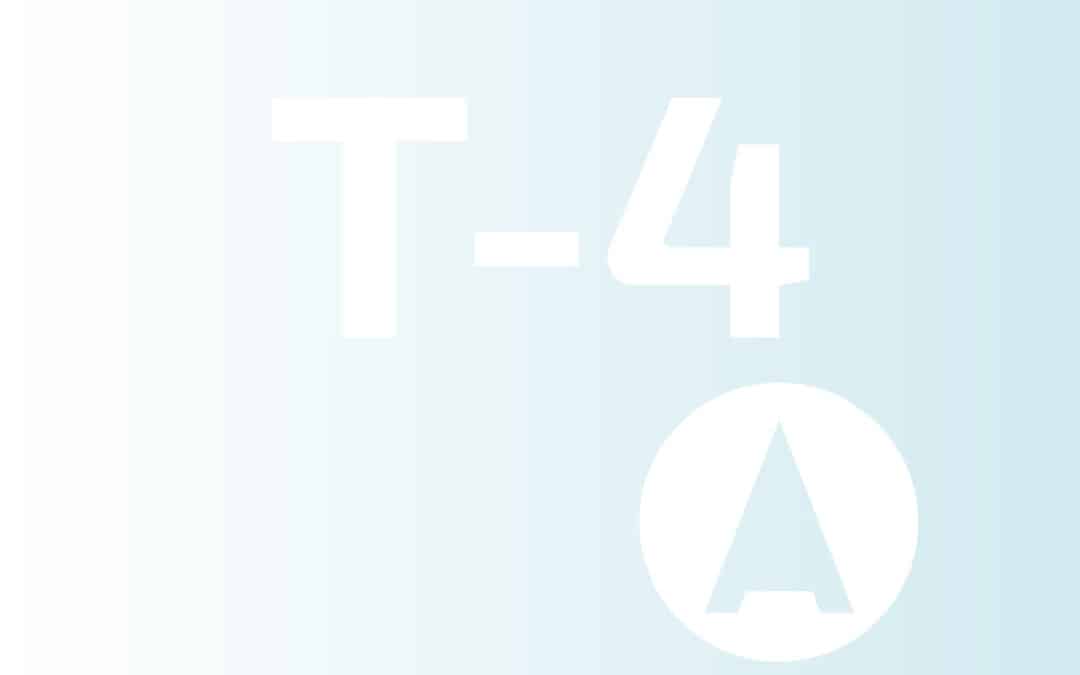Structural examination for subsidence
A dilation is where expansion is supposed to take place. But if what if at the dilatation the entire screed has weakened 15 mm? Is there then talk of subsidence? Should there be a building survey?
And if in the underlying structure that movement is also visible? And that in a construction of recent date? If so, there must be a structural cause: but is there a construction defect or environmental conditions that could cause subsidence?
Architectural research
Why it is important to investigate or monitor subsidence has been demonstrated in recent years with the collapse of the parking garage in Eindhoven, a shopping center above a mine shaft in Kerkrade and subsidence around the North-South line in Amsterdam. If movement occurs anywhere, it is important to determine the cause and whether interventions are necessary.
Measurement file
An architectural survey, inspection and surveying can then provide clarification: we apply measurement points and can use the 3d scan to document the current condition. A 3d scan can link the inside of a building with the outside so that the connection between inside and outside can be made. Misalignment becomes visible, but floor heights and floor leveling can also be visualized. With pocket beacons, we can monitor whether there is incident or progressive subsidence.


Construction file
At the same time as the inspection, we conduct research on the structural situation and detailing. If necessary, even investigate the construction process: was there a reason for the subsidence? Is the effect different from what was thought?
In the environment, we look for external causes to determine if there may be a cause there. Has another construction project been started or completed? Has earth moving taken place?
Is there a trigger in the subsurface: has there ever been a watercourse here or the ground disturbed? Has water management changed or water levels changed?

The end result of this is a summary of findings in a construction report that points to possible causes. This results in advice on, for example, which aspects should be investigated further, what should be monitored or measured, or where a liability may lie.























